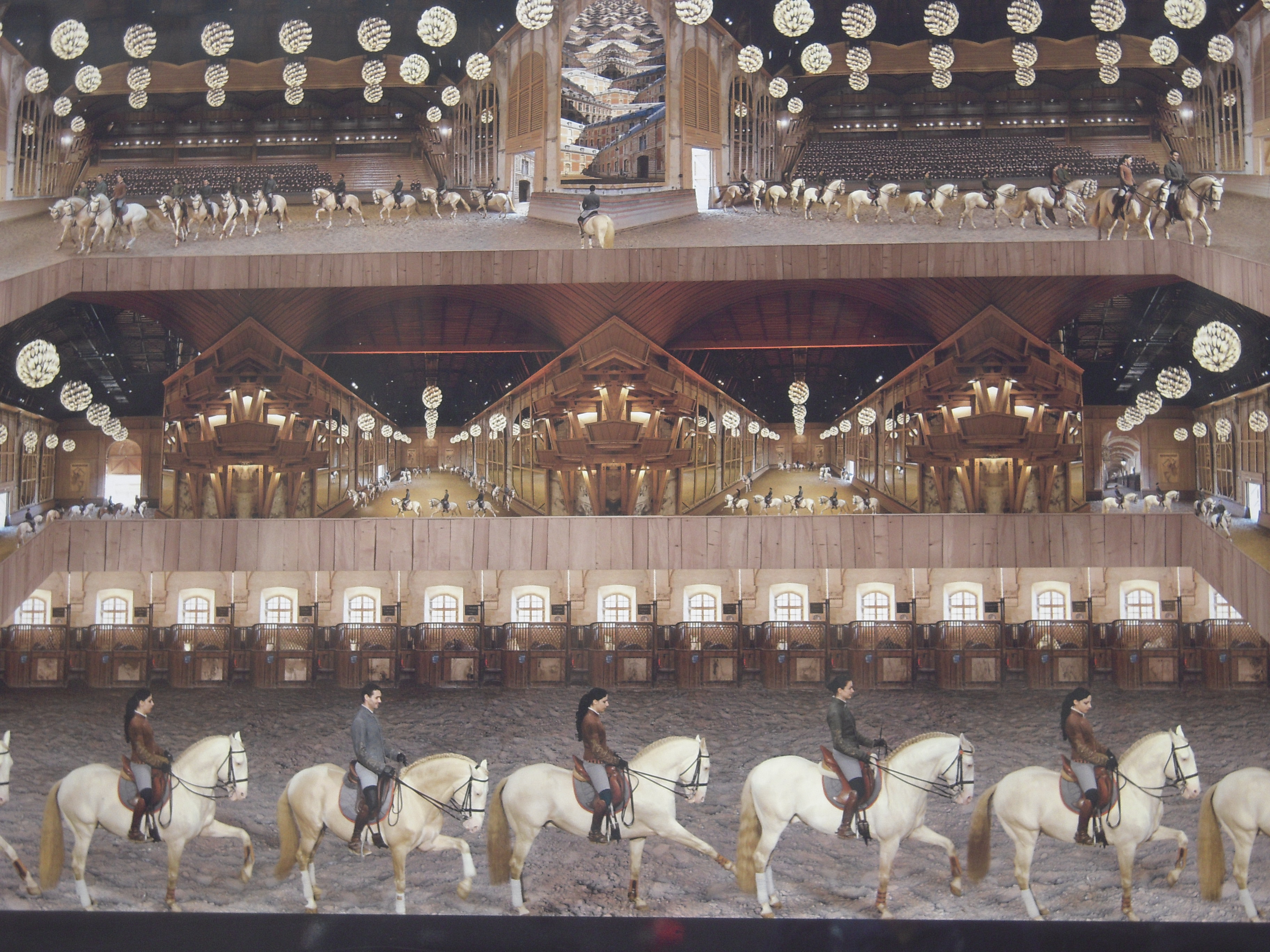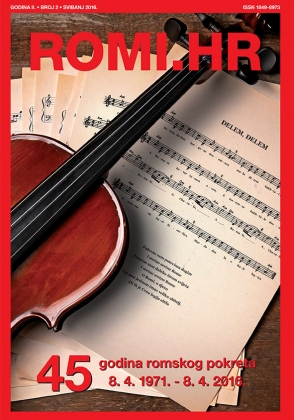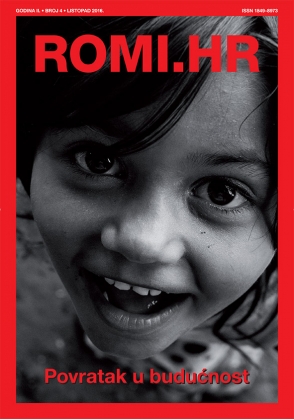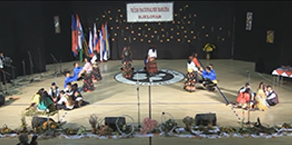News ROMI.HR
/Classical ballet has often portrayed Roma culture through exotic and stereotyped lenses, especially in Romantic-era works. Contemporary choreographers like Bartabas, with his Théâtre Zingaro, bring a more respectful and vibrant representation through innovative shows blending dance, horses, and Roma music. These performances help shift public perception and celebrate the richness of Roma traditions.
The representation of Roma culture is often biased or marginalized, because it is usually based on misinterpretation or stereotypes that have been transmitted from generation to generation of non-Roma families. Indeed, all the most famous ballets that are related to Roma culture, or that even include Roma characters, such as La Esmeralda, Don Quixote, and Paquita, are mostly portraying them as wild and exotic people, in line with the trends of the Romantic period.
Even though these very famous ballets are still canonical in classical dance, dance itself has evolved in the latest century and a half, moving on from pure classical ballet, in which attention is mainly put on the fluidity and gracefulness of movements and poses, along with major focus on technique and the correct execution of steps, to more modern and contemporary approaches.
Together with making the whole art of dancing advance, this shift towards more freedom on stage and for dancers made it possible to elaborate more precise, unique, and accurate representations of Roma culture in this field. Among the various artists and choreographers who are now active in this field, the most well-known is for sure Bartabas, stage name of Clément Marty, a French director and choreographer. Differently from other choreographers and dancers, Bartabas started his career in the 1970s by working as an actor, where he quickly became popular and widely recognized for his peculiar artistic touch. In 1984, he founded Théâtre Zingaro (Zingaro Theatre), an artistic experiment built on the combination of equestrian shows, dance, music, and Roma culture. Since the 1980s, Bartabas has created more than ten different spectacles, each of them focusing on representing and paying homage to different cultures from all over the world, ranging from Berber and Caucasian singers to artists of Indian, Swahili, Korean, and Tibetan backgrounds. Among this long list, there are also two shows completely centered around Roma culture: Cabaret équestre I-II-II, a serie of spectacles staged from 1984 to 1990 in which equestrian art was brought into theaters and blended with cabaret and Roma-inspired songs, and Battuta (2006-2009), in which the spotlight is on Roma musicians coming from different parts of the world: Romania and Moldova, but also India and Central Asia, with spark attention on all the elements that mark the distinction between all these groups.
Some clips from both shows are available online, and although, like it happens for all works of art, it is hard to grasp the bigger picture without having the chance to attend or see the whole spectacle, the videos are still able to convey all the artistic power of Bartabas and his performers. By looking at some extracts from Cabaret équestre I-II-II in which Bartabas performs on the arena with the horse that gives the name to the theatre, Zingaro, it is possible to recognize all the key features that will later characterize all of Bartabas’ production: humor, especially in his interaction with the horse Zingaro, musics clearly inspired by Roma folk songs, and an almost symbiotic relationship with Zingaro. This last feature is strongly linked with Roma traditions, as horses have always been part of their culture as a means of transportation, but also as an economic medium and as a symbol of power and wellbeing. Additionally, given that horses need constant care and maintenance, for example concerning their shoeing and breeding, Roma people were also likely to develop specific skills and highly valuable know-how, which would help them in selling their services to other horse owners. Even if today horses are no longer as fundamental for travelling as in the past, it is not uncommon for many Roma families to keep preserving their knowledge in terms of horsemanship.
The same principles are at the basis of Battuta, which, however, is even richer in terms of proper representation of Roma culture, because it can boast the participation of Goran Bregović, one of the most famous Bosnian musicians who was also part of Bijelo Dugme, and who composed the soundtrack for several movies by Emir Kusturica, like the 1989 masterpiece Time of the Gypsies. In Battuta, the tone set by Bartabas is defined as “joyful and perturbing”, and the whole show is Bregović’s music accompanies the portrayal of daily life scenes, like fighting, eating together, or marrying, with light tricks and water features. The horses in the arena keep being a crucial element of the whole show, given that they are the ones in charge of moving the decorated chariots all around the circular stage. Bregović’s touch is clearly distinguishable because of the brilliant and lively nature of the music, underlying a very active and fast-paced show (and probably, even the lifestyle of the Roma people that inspired Bartabas).
All of Bartabas’ works have obtained enthusiastic reviews both from critics and the general audience, who enthusiastically participate in his shows all over the world. The majority of the comments left by those who attended the shows highlight the mixture of wonder, strength, and vibrance conveyed by these choreographies, and this undoubtedly helps in reshaping people’s perception of Roma culture towards a less stereotyped and more respectful vision.
In conclusion, approaches like Bartabas’ one are a useful example both to help the artistic landscape to evolve, not only in the field of dance and ballet, but concerning arts in general, and to remind us of the political power of artistic performances, which may be a powerful tool to fight discrimination and encourage the circulation of cultures and traditions from minority groups that would, otherwise, remain unknown














